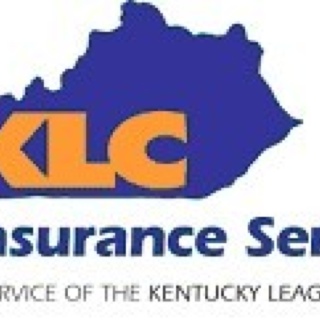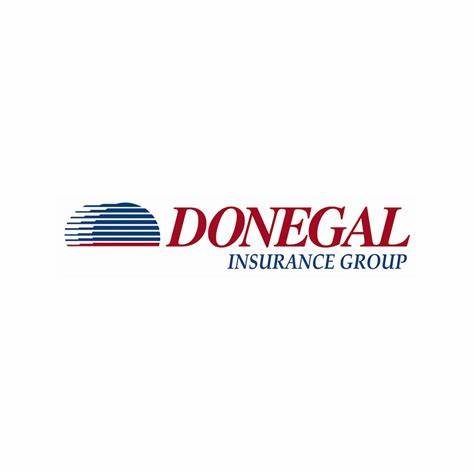Information
-
Audit Title
-
Client / Site
-
Conducted on
-
Prepared by
-
Location
-
Personnel
Employee Safety / Hazard Communication
-
Hazard communication program, including material safety data sheets<br>
-
Hazard communication labeling of secondary containers
-
Sunscreen available for employees
-
Chemicals always added slowly to water, never water to chemicals
-
PPE (eye protection, proper gloves, etc) available for chemicals
-
Morning meetings include injury/near miss information
Operational Management
-
Daily operations checklist:<br> -Cl levels / disinfectant residuals monitored and recorded<br> -pH and Total Alkalinity recorded<br> -Maintenance procedures
-
Swim clubs and groups on lease: certificates of insurance and hold harmless agreements
-
Written lifeguard training requirements and current training certificates (Red Cross, YMCA, etc.)
-
Life Saving certificate prominently posted
-
Lifeguards - in swimming attire with no other duties
-
First aid kit available
-
First aid services documented
-
Written Emergency Action Plan for chlorine leaks, injuries, drowning, etc.
-
Telephone available with emergency numbers posted
-
Rules posted in pool and wading pool areas and dressing room entrance; “adult supervision required” signage posted at kiddie pool
-
Depth levels printed on pool:<br>-On the sides and top in at least 4” characters<br>-Maximum and minimum depths<br>-At the deep transition point<br>-At intermediate 2 feet depths<br>-In the diving area
-
“NO DIVING” marking for shallow water (5’) in 8” letters
-
Life pole or a shepherd’s crook, 12 foot minimum length
-
A plywood backboard with straps
Physical Controls
-
Controlled access--six (6) foot fence and locked gate
-
Main and Circuit Breakers marked and access not blocked
-
Shielding of glass doors and windows at deck level
-
Non-skid surface around pool and bath houses
-
Deck furniture in good condition
-
Electrical – GFCI at all outlets or on breakers
-
Showers pre-set temperature maximums of 100 degrees Fahrenheit
-
Diving equipment, ladders, hand rails, and steps in good condition, securely anchored and non slip surfaces
-
Rope separations<br>• Diving area<br>• Shallow to deep transition (5 foot depth)
-
Lighting for:<br> • underwater area<br> • pool deck<br> • bleachers<br> • halls<br> • locker rooms<br>• pool entrances and exits<br>
-
No electrical cords, boxes, or other items left on the deck
-
Fire extinguisher and water hose available for chemical storage area
-
Self closing gate at the main pool and kiddie pool
-
15 minute timer on spa
-
Closed Pools /not in use - fenced, locked, posted with “Danger No Trespassing”
-
Exposed metal plates/covers coated to reduce burns
VGB Compliance
-
Certificate / documentation from LHD re VGB compliance
-
All pool/spa drain covers meet ASME / ANSI 112.19.8-2007, with documentation on file
-
Two main drains plumbed in parallel located at least 3’ apart
-
Pools / Spas operating off a single main drain (other than an unblockable drain), multiple main drains located <3’ apart, or multiple main drains not plumbed in parallel must also add one of these options:<br> -Safety Vacuum Release System (SVRS);<br> -Suction-limiting vent system;<br> -Gravity drainage system;<br> -Automatic pump shut-off system; or<br> -Any other system deemed as equally effective by CPSC<br>
-
Pools / Spas equipped with 2 main drains plumbed in parallel that supply water to multiple pumps (i.e. a jet pump and a recirculating pump) must have a SVRS on each pump. If parallel plumbing cannot be verified, a SVRS is required.
-
Risk control observations identified during this survey include:












